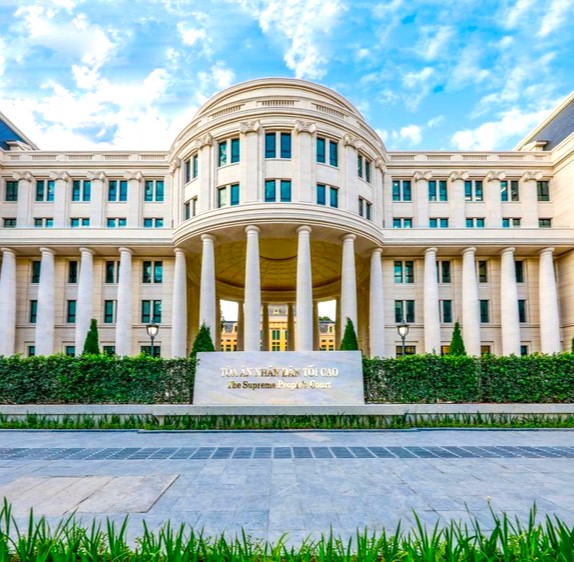Continuing the 9th session, the Vietnamese National Assembly listened to the presentation of the Proposal and the report on the examination of the draft Law amending and supplementing a number of articles of the Law on Organization of People’s Courts.
The Supreme People’s Court
The new Law proposes to terminate the operations of the High-Level People’s Courts and the District-Level People’s Courts, to be replaced by a three-tiered system. The new organizational model comprises:
Under this model, each Regional People’s Court will be organized into specialized courts: Criminal Court, Civil Court, Administrative Court, Economic Court, Family and Juvenile Court. This arrangement is intended to concentrate expertise, shorten investigation and trial durations, and reduce technical and procedural errors.
Notably, the draft Law adds provisions to establish three Bankruptcy Courts in Hanoi, Da Nang, and Ho Chi Minh City, and two Intellectual Property Courts in Hanoi and Ho Chi Minh City.
Accordingly, the Bankruptcy Courts will handle in-depth enterprise insolvency cases, especially disputes involving complex assets and debts. The Intellectual Property Courts will specialize in adjudicating disputes over patents, trademarks, copyrights, and related IP matters. These specialized courts will protect intellectual property rights more effectively, demonstrating Vietnam’s commitment to improving the investment and business environment and attracting foreign direct investment.
The deployment of these two specialized courts will not create additional administrative units or increase staffing levels, as they will use existing facilities. Their jurisdictional scope and territorial coverage will be defined by the Standing Committee of the National Assembly, ensuring flexibility and suitability to practical needs.
With this approach, the revamped court system is expected to address existing shortcomings, enhance professional capacity, and ensure fair, transparent, and expert adjudication of increasingly complex disputes.
